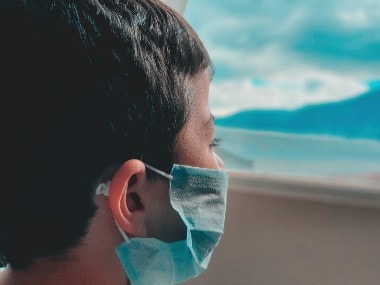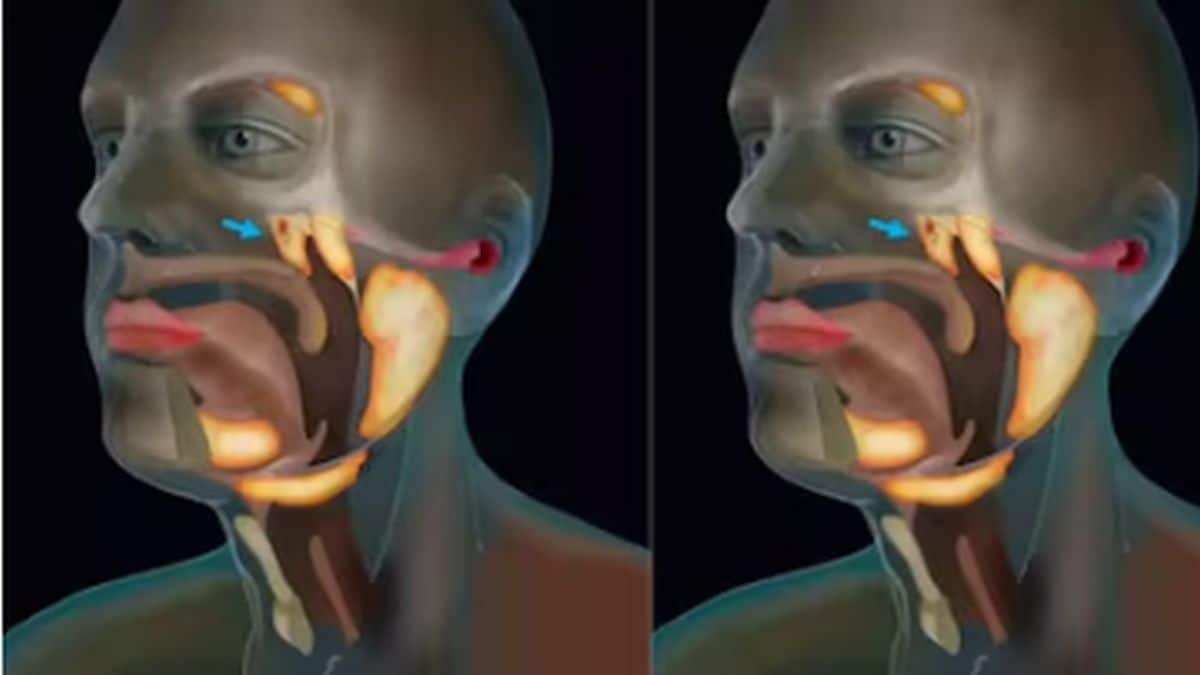COVID-19 is a very new disease and we are still learning how SARS-CoV-2 (the virus that causes it) behaves and affects people with preexisting conditions. Every time we receive new data, it either helps us learn something new or gives rise to even more questions. Over the last few months, there has been an informed push to protect the elderly and those suffering from chronic conditions, since mortality rates are higher in age groups over 60 and in people who have diabetes or heart and lung conditions. Children, although not immune, haven’t been considered a “high-risk” population until now. [caption id=“attachment_8240441” align=“alignleft” width=“380”]  Representational image. Image by Andrés Dávila from Pixabay.[/caption] Over the last week, new patterns have been coming to light. At least 12 children in the UK have needed intensive care for symptoms like inflammation of the heart, stomach ache and other gastrointestinal symptoms. As these symptoms are consistent with COVID-19, they were tested for it; some of them tested positive but not all. One of these children had to be given ECMO (extracorporeal membrane oxygenation) to help them breathe. There have been separate reports of some children dying after showing similar symptoms. In the US, three children (ages ranging from 6 months to 8 years) have had similar symptoms of inflammation of the heart and gut and fever. All of them had tested positive for COVID-19. Medical professionals from Britain and Italy have observed that a growing number of infants are being brought to hospitals with similar inflammation now. They’re currently researching if and how this could be related to COVID-19.
Kawasaki disease
All of these symptoms are also consistent with a rare inflammatory syndrome called Kawasaki disease. It mostly occurs in children up to five years old and causes inflammation in the walls of medium-sized arteries, including coronary arteries which affect the heart. It is also called mucocutaneous lymph node syndrome, as the disease also affects the lymph nodes and mucosal membranes. The disease is more common in Asia. There are some theories of it being linked to viruses and bacteria but no exact cause is known right now. Symptoms of Kawasaki disease can have three phases and may include:
- Phase 1: High and persistent fever, red eyes, rashes, swelling and redness of the hands and feet, irritability and swollen lymph nodes
- Phase 2: Diarrhoea, abdominal pain, vomiting, joint pain and peeling of the skin on the hands and feet.
- Phase 3: If there are no complications, symptoms start to go away - although it may take about eight weeks to return to normal energy levels.
Complications could include damage to the heart and aneurysms in the coronary artery that may, in turn, cause blood clots to develop and lead to a heart attack.
The connection between COVID-19 and Kawasaki disease
Kawasaki disease is currently being seen as a possible complication in young COVID-19 patients. The connection, however, is unclear since experts had earlier suggested that children mostly get a mild version of the coronavirus infection. Italy, which was hit by COVID-19 quite hard, reported a large number of cases of Kawasaki disease in children during the pandemic. Britain had similar observations and shared with doctors that such cases should be referred to hospitals immediately. Hopefully, we may get a clearer picture in the coming days but it’s safe to say that while there may be some high-risk populations, no one is truly at a lower risk and everyone should take all the precautions to control the spread of infection. For more information, read our article on Kawasaki Disease. Health articles in Firstpost are written by myUpchar.com, India’s first and biggest resource for verified medical information. At myUpchar, researchers and journalists work with doctors to bring you information on all things health.


)

)
)
)
)
)
)
)
)



